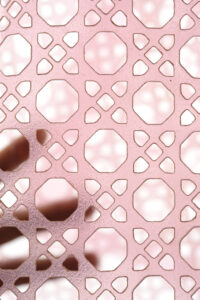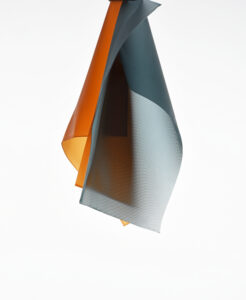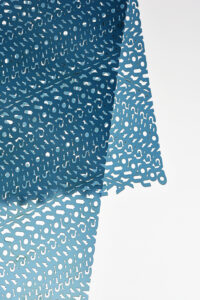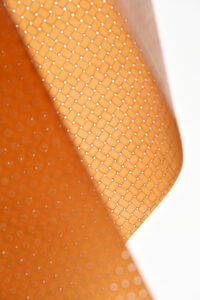Sustainable Design-Circular Economy
In project cooking new materials, one of the top priorities that we follow in our entire concept is sustainability and circular economy. While most industries are currently following a linear production model to meet the growth of market demand, our circular economy aims to redefine market growth by creating benefits for the whole society.

Our goal is to gradually change the economic activity, especially of the fashion industry from the consumption of finite resources to the reuse of wastes, not only commonly household biowastes but also excessive energy generated during the manufacturing process.
In the context of the economic, social, and natural resources, the circular development is a continuous positive cycle that uses and preserves natural capitals e.g. natural resources through the management of resource flows, optimizing resource use, waste reuse, and minimizing potential risks. However, a
ll of our development will maintain the life cycle and life span of our biodegradable materials and products.

Our project uses a global economic development model, in which the circular economy maintains the highest value of resources and materials, even the seemingly unwanted biowastes. The value of products and utilization, the products will be circulating in the closed-cycle ecosystem.
The highest utility and value of products, components, and materials are always maintained through reversible and recyclable design. A circular economy, large or small, should have a coherent cycle of development and a virtuous cycle that is continually self-reinforcing. Specifically, the circular economy is based on three fundamental principles.

- Avoid waste and pollution from the outset of design.
Damage to the health of organisms and pollution of the environment from economic activity often results from the emission of greenhouse gases and toxic substances, pollution of the atmosphere, land, and water, and structural problems such as traffic congestion. The circular economy can fully grasp and recognize these problems and solve them at the source of the design.
In our design concepts, the heat generated by heating up the material will be redirected to the drying of the final product. In this way, we will be able to save a considerable amount of energy and lower our energy consumption.

- Extend the life cycle of products and materials.
A circular economy creates more value by saving more resources, raw materials, and labor. This means that design should focus on durability, reuse, remanufacturing, and recyclability in order to recycle products, components, and materials within the economy. To make efficient use of bio-based materials, the circulation system encourages multiple uses of nutrients before they are returned to nature. In our project, we increase the longevity of the product’s lifespan and life cycle. By optimizing the performance of our biomaterial, we are able to obtain material that shares similar quality as conventional leather material. Furthermore, with our specially designed ecosystem and recycling measures, the products can be reused effectively.

- Promote the regeneration of nature.
The circular economy avoids the use of non-renewable resources whenever possible and preserves or promotes the use of renewable resources, for example, by returning valuable nutrients to the soil to promote the regeneration of natural systems.
In a circular economy, there is a distinction between the technological cycle and the biological cycle. In the biological cycle, through composting and anaerobic digestion, food and other biological materials (e.g., cotton and wood) are returned to the ecosystem, contributing to the regeneration of the ecosystem and providing renewable energy for economic development. In the technological cycle, products, components, and raw materials are recovered through reuse, rehabilitation, remanufacturing, and recycling. Our solution provides restoration to the environment and by reuse biowastes, we are creating a brand new perspective in material design and allow people to realize the importance of sustainable development.
Reference: https://www.ellenmacarthurfoundation.org/





